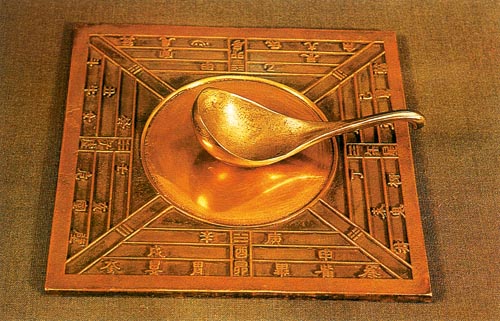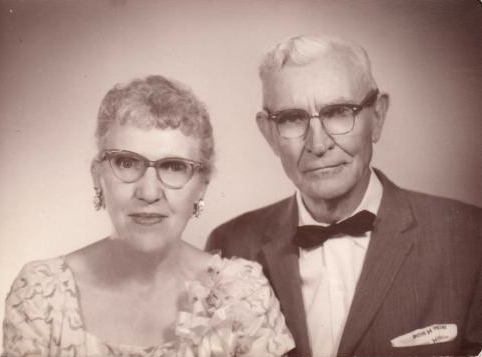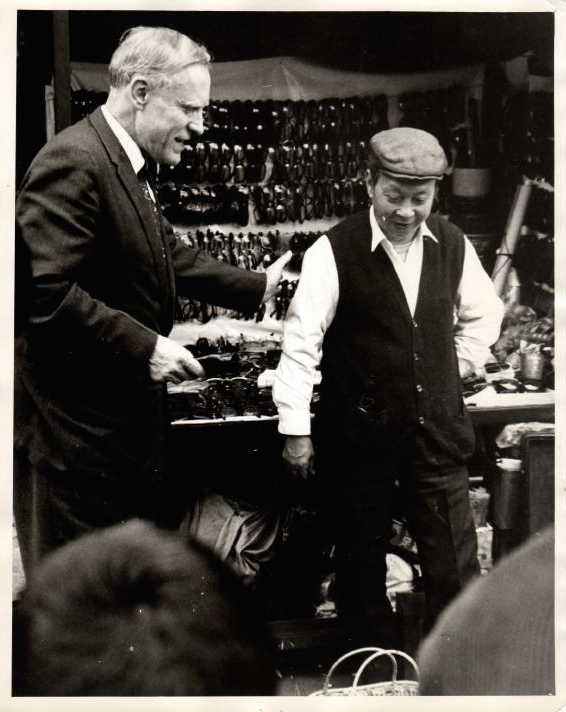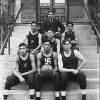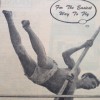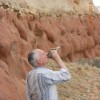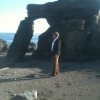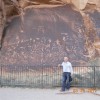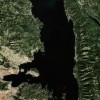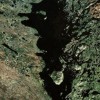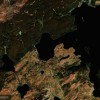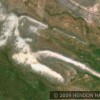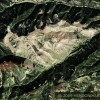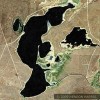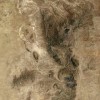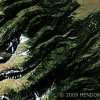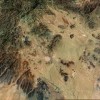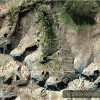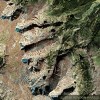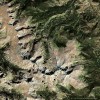
Science & Technology in Ancient & Pre Modern China Made the Journeys to North America Possible
Posted on Thursday, October 15th, 2015
By Hendon Harris III
ChineseDiscoverAmerica.com
On April 2, 1916 when my father, Dr. Hendon M. Harris Jr., was born to Christian missionary parents in Kaifeng, Northern China, Kaifeng was a shadow of its former granduer. (Google: “Commissioners House in Old Honan – Hendon Harris“) This former Eight Chinese Dynasties capital in North China, founded in 364 BCE and connected to the Chinese Grand Canal had retained little resemblance in 1916 to it glory days in ancient times. (Read: No Foreign Bones In China by Peter Stursburg son of the Honan British Postal Commissioner)
Unfortunately, what is known of China and thought of as Chinese history and civilization by many in the non Asian world today is tainted by inaccurate information. Much of this misinformation dates back to the period of my father’s birth.
In 1433 CE the Ming Emperor of China declared China the center of all civilization and began the isolation of China. This led to China’s 500 year decline culminating in a dark period of Chinese history called by some the Time of China’s Sorrows.My father was born in China during that period.
Unfortunately it’s that China that many Westerner’s think of as the totality of Chinese history. They think of rickshaws, Chinese “coolies” like those who helped build our western railroads, Chinese laundry workers and 3rd world basic human survival as the typical Chinese historic way of life.
These stereotypes of 19th and early 20th century Chinese civilization obscure and diminish the fact that China throughout much of human history has been a leading civilization when not the world leader itself. During these ancient and premodern times of greatness China has been an innovator in the development of science, technology and civilization.
Chinese Inventions & Advances:
- The Compass
- Row Crop Farming
- Gunpowder
- The Stirrup
- Quantitative Cartography
- Deep Well Oil & Gas Drilling
- The Suspension Bridge
- The Seismograph
- The Parachute
“The Genius of China” by Robert Temple
Historic Construction Projects:
- The Great Wall of China started in the 7th century BCE. The actual wall is 3,889 miles long. (The distance from the west coast of N. America to the east coast is approximately 3,300 miles.) It is reported that the Great Wall with all of its branches is 13,171 miles long.
- The Chinese Grand Canal (1100 miles long) Constructed: 5th century BCE to 7th century CE Substantial sections are still in use today. The longest canal ever built.
- Wei Yang Palace, Chang’an China Built in 5th Century BCE Destroyed during the Tang Dynasty The Largest palace ever built in human history
- Flood Control, Water Diversion and Irrigation Project BCE Google: “Li Bing—Duijangyan Irrigation System” on the Min River (Yangtze Tributary)”Li Bing had achieved an engineering masterwork that had been done as a response to a public need and it has succeeded in taming a river for the subsequent time since it’s completion in 250 BCE.” Wikipedia
- Largest Fleet of Wooden Ships (In both number of ships & size of ships) in History – Admiral Zheng He’s fleets (Ming Dynasty) Early 15th century (When China Ruled Seas – Louise Levathes)
There have been debates as to whether the largest Ming Dynasty ships were actually as long as 400 feet long.
However, there is no disputing the fact that these largest Chinese ships and fleets were far larger than any Western equivalents at that time and until several centuries later.
If people are unaware of China’s numerous ancient and pre modern contributions to science, technology and world civilization it is easy to dismiss claims as well as evidence of Asian Pre Columbian contact and influences in North America.
However, those that are aware of the advanced level of pre modern Chinese shipbuilding, navigational equipment and navigational skills have no difficulty believing that Chinese (Asian) sailors and explorers would have had no difficulty traveling to and from North America.
This is made even easier knowing that ancient Chinese seafarers were aware of what we know today as the North Pacific Gyne. The Chinese knew of it as the Wei Lu current. The North Pacific Gyre consists of four interconnecting ocean currents flowing clockwise around the North Pacific Rim connecting Asia and North America.
We know the Wei Lu (North Pacific Gyre) was the easiest route to sail from Asia to North America and then back to Asia. We know this by reading four separate reports by four completely independent sources spread over a thousand years.
These four separate sources and their time frames are as follows:
- Hwui Shan’s 502 CE report to Emperor Wu Ti recorded in the Liang Shu. This account gives details of the countries and cultures that this Buddhist monk and his fellow clerics encountered on their way to a place across the Eastern Sea the ancient Chinese knew as Fu Sang. He also measured and recorded the distance between the major points he encountered using the Chinese li as the measurement.
- Marco Polo’s purported map and report of a trip from China also to Fu Sang in the 13th century, He described the same cultures and countries on his way to Fu Sang previously described by Hwui Shan approximately 800 years earlier (Mysteries of the Marco Polo Maps by Benjamin Olshin)
- The known route of the Spanish Galleons from the Philippines to Seville, Spain via Acapulco, Mexico from 1565 to 1815. Spanish sea captains had numerous disastrous voyages before they also discovered the way to sail safely east and west across the North Pacific Ocean. In the western world these Spanish sea captains are now given credit for discovering this oceanic pathway. That is in spite of the fact that Hwui Shan & Marco Polo also described using this same well-known Asian route 1100 & then 300 years earlier.
- In 1871 Colonel Barclay Kennon wrote a report of this same route across the Pacific Ocean taken previously by Hwui Shan, Marco Polo and the spanish sea captains traveling back and forth between the Philippines and Mexico. In 1853 to 1856 Lt. Kennon was the navigator of the United States North Pacific Surveying Expedition tasked with surveying the route of the oceanic currents of the North Pacific connecting Asia and North America. Google: “Navigating the North Pacific – Barclay Kennon”. His report not only details the ease of traveling the northern section of the currents connecting Asia to North America it also shares his thoughts on his studies in 1854 of Asian latitude and longitude that he came across while in Japan.
That route is the North Pacific Gyne. Its currents are a huge conveyor belt that transports things caught in its flow from Asia to North America and back to Asia. Its use in ancient and premodern times was the easiest and safest way to cross the North Pacific in a sailing ship. (The Spanish sea captains were just the first Europeans to discover the North Pacific Gyre)
These Chinese Discoveries Made their Contact & Exploration of North America Possible
Google:
- “Wei Lu Current/North Pacific Gyre”
- Chinese Astronomy/Navigation (Zilan Wang/Ancient China’s use of “Forward Intersection Mapping”)
- Asian Use of Latitude and Longitude during the 8th to 15th centuries (Hyunhee Park & Benjamin Olshin)
- Chinese Quantitative Cartography (Robert Temple & Joseph Needham)
- Shipbuilding in Ancient China (Gang Deng & Louise Levathes)
My Sources and Suggested Reading
- “No Foreign Bones in China” by Peter Stursburg (Chapter 10 Commissioners House in Old Honan By the Son of the British Honan Postal Commissioner)
- How Beautiful the Feet by Florence Powell Harris/Missionary Account of Life in China from 1910 to WWII China by my grandmother
- The Genius of China by Robert Temple*The Must Read Book of Chinese Advances in Science & Technology*
- Mapping the Chinese and Islamic Worlds by Hyunhee Park
- The Mystery of the Marco Polo Maps by Benjamin Olshin
- Trans-Pacific Echoes & Resonances, Listening Once Again by J. Needham & Lu Gwei-Djen
- Asiatic Fathers of America by Dr. Hendon M. Harris Jr
- Did Ancient Chinese Explore America? by Charlotte Harris Rees
- Science & Civilization in Ancient China Volume III by Joeseph Needham
- History of the Former Han Dynasty Volume III by Pan Ku Translated by Homer H. Dubs
- When China Ruled the Seas by Louise Levathes
- Chinese Maritime Activities & Socioeconomic Development c. 2100 BC – 1900 AD by Gang Deng
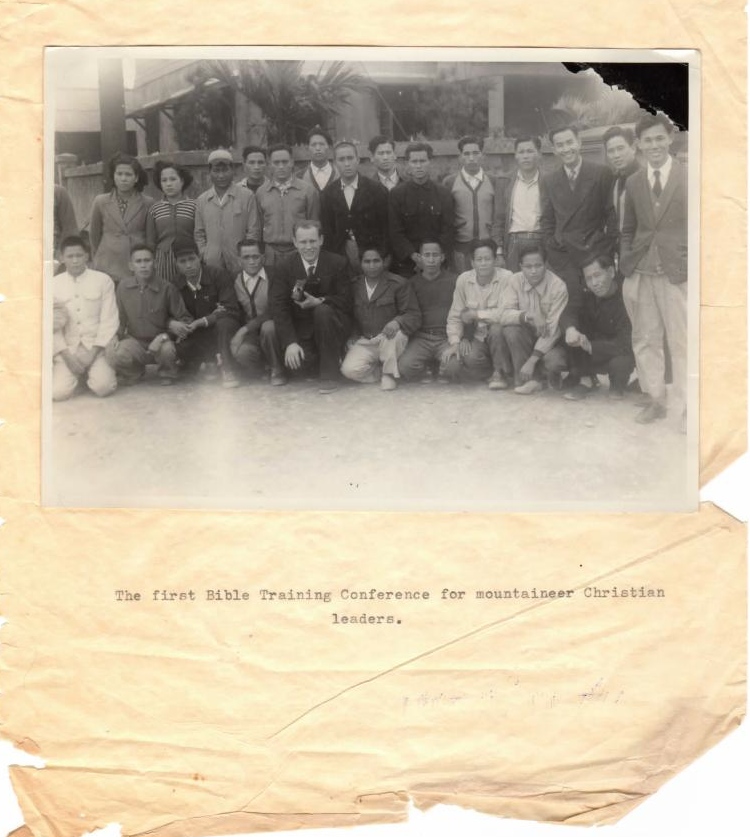
"The first Bible Training Conference for mountaineer Christian leaders Approx. 1953 My father, Dr. Hendon M. Harris, Jr. is in the center of the bottom row"

"The first class and professors of The All China Baptist Theological Seminary Kaifeng, Honan China--1938". This seminary was founded by my grandfather, Dr. Hendon M. Harris, Sr., (front row center) during the Chinese Japanese conflict.
The Beak of the Tenth Sun Raven STILL GLOWS
